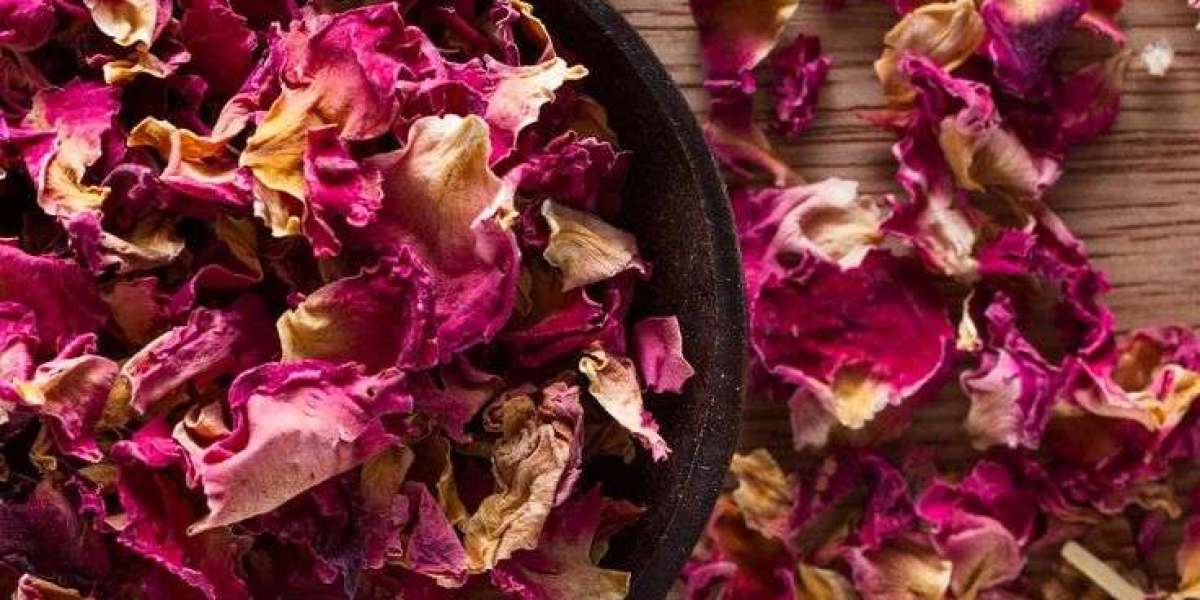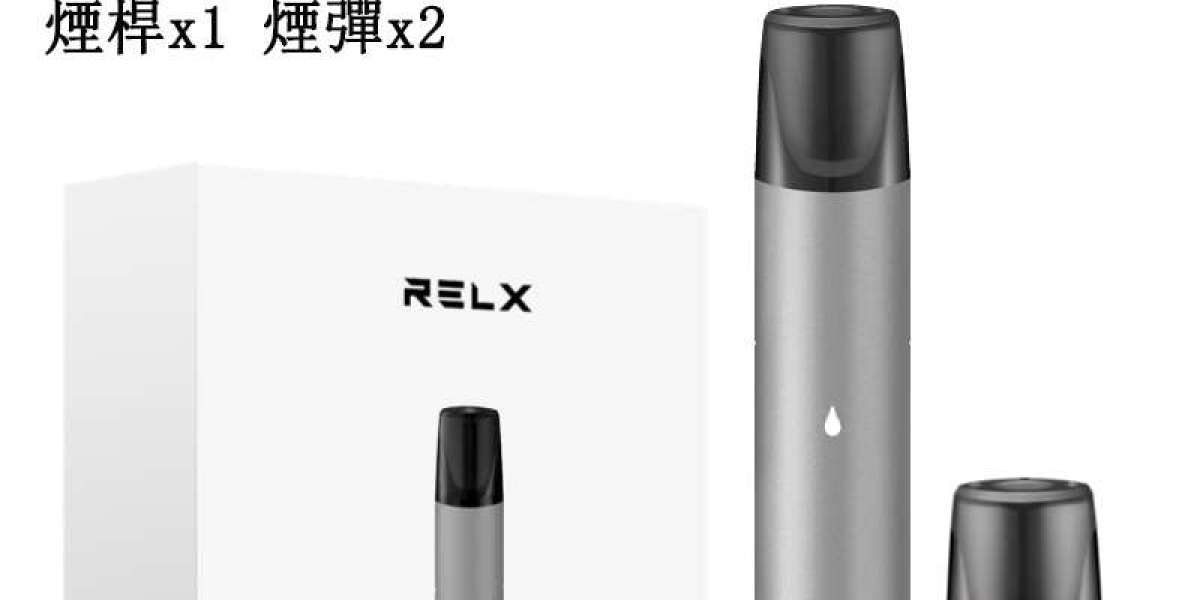The Science Behind Cold Brewing:
The cold brew method relies on the principle of slow extraction. Steeping tea leaves in cold water for an extended period (typically 12-24 hours) allows for a gentle extraction of flavor compounds. This slow process minimizes the extraction of tannins, responsible for the bitterness and astringency often associated with hot-brewed tea. The result is a tea concentrate that is smoother, less bitter, and often sweeter, highlighting the tea's inherent sweetness and subtle nuances.
Choosing Your Tea:
The selection of tea significantly impacts the final flavor profile of your cold brew. While many teas can be cold brewed, certain types are particularly well-suited to this method:
- Black Teas: Robust black teas, such as Assam and English Breakfast, often yield excellent results, offering a rich and complex flavor without excessive bitterness.
- Oolong Teas: Oolong teas, with their varied oxidation levels, provide a wide range of flavor possibilities, from floral and fruity to nutty and roasted.
- Green Teas: Green teas can be cold brewed, but require careful attention to steeping time to avoid bitterness.
- Herbal Infusions: Herbal infusions, such as chamomile and peppermint, produce refreshing and flavorful cold brews.
Mastering the Cold Brew Technique:
Several factors influence the success of cold brew tea:
- Water Quality: Use filtered or spring water to avoid imparting unwanted flavors.
- Tea-to-Water Ratio: Experiment with different ratios to achieve your desired strength. A common starting point is a 1:4 or 1:6 ratio (tea to water).
- Steeping Time and Temperature: Steeping time is crucial; 12-24 hours is a typical range. Lower temperatures (around 70°F or 21°C) generally result in a smoother brew.
- Filtration: After steeping, filter the concentrate to remove the tea leaves. A fine-mesh sieve or cheesecloth works well.
- Storage: Store the cold brew concentrate in an airtight container in the refrigerator. It will typically remain fresh for several days.
Flavor Exploration and Creative Combinations:
Cold brew tea serves as an excellent base for creative flavor explorations:
- Fruit Infusions: Add fresh or frozen fruits (berries, citrus, etc.) to the concentrate for a refreshing twist.
- Herbal Enhancements: Incorporate herbs like mint, basil, or lemongrass for aromatic complexity.
- Spice Additions: Experiment with spices like cinnamon or cardamom for a warm, comforting flavor.
- Sweeteners: Honey, agave, or maple syrup can enhance the sweetness without masking the tea's natural flavors.
Cold brew tea offers a refreshing and flavorful alternative to traditional hot brewing. By mastering the techniques and exploring the creative possibilities, you can unlock the full potential of this versatile brewing method.








